
Software and Communications
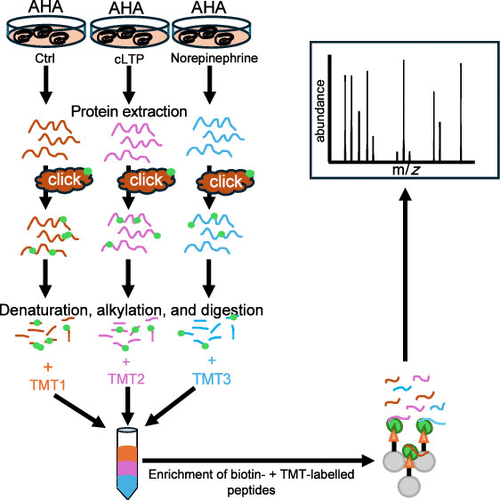
DiDBiT-TMT: A Novel Method to Quantify Changes in the Proteomic Landscape Induced by Neural Plasticity
Direct detection of biotinylated proteins (DiDBiT) is a proteomic method that can enrich and detect newly synthesized proteins (NSPs) labeled with bio-orthogonal amino acids with 20-fold improved detectability compared to conventional methods. However, DiDBiT has currently been used to compare only two conditions per experiment. Here, we present DiDBiT-TMT, a method that can be used to quantify NSPs across many conditions and replicates in the same experiment by combining isobaric tandem mass tagging (TMT) with DiDBiT. We applied DiDBiT-TMT to brain slices to determine changes in the de novo
Unravelling the Functional Role of GthGAPC2 in Cotton's Defense Against Verticillium dahliae through Proteome
Cotton (Gossypium spp.) is an economically important crop, but its productivity is often hindered by the soil-borne pathogen Verticillium dahliae. This study aimed to investigate the response of cotton roots to V. dahliae infection by analysing the proteome of Gossypium thurberi (resistant) and Gossypium raimondii (susceptible) at 0 h, 24 h, and 48 h post-infection. Through weighted protein coexpression network analysis, fifteen hub proteins crucial for defense against V. dahliae were identified. Expression analysis revealed the pivotal role of GthGAPC2, encoding GLYCERALDEHYDE-3-PHOSPHATE
Genome-wide analysis and expression divergence of protein disulfide isomerase (PDI) gene family members in chickpea (Cicer arietinum) under salt stress
Chickpea (Cicer arietinum) is a grain crop that is an important source of protein, vitamins, carbohydrates and minerals. It is highly sensitive to salt stress, and salt damage to cellular homeostasis and protein folding affects production. Plants have several mechanisms to prevent cellular damages under abiotic stresses, such as proteins in the endoplasmic reticulum (protein isulfide somerases (PDIs) and PDI-like proteins), which help prevent the build-up of mis-folded proteins that are damaged under abiotic stresses. In this study, we completed initial comprehensive genome-wide analysis of
In silico analysis of the structural and functional characterization of the phosphorus-starvation tolerance 1 (PSTOL1) gene
As an important macro element for all living cells, phosphorus is essential in agricultural production systems and is required in large quantities by elite varieties of crops to maintain yields. Approximately 70% of the worldwide cultivated land suffers from phosphorous deficiency, and it has recently been estimated that the worldwide phosphorous resources will be shattered by the end of this century, thereby increasing the need to develop phosphorus-efficient crops. A greater understanding of how plants can maintain yield with lower phosphorous availability is highly desirable to both
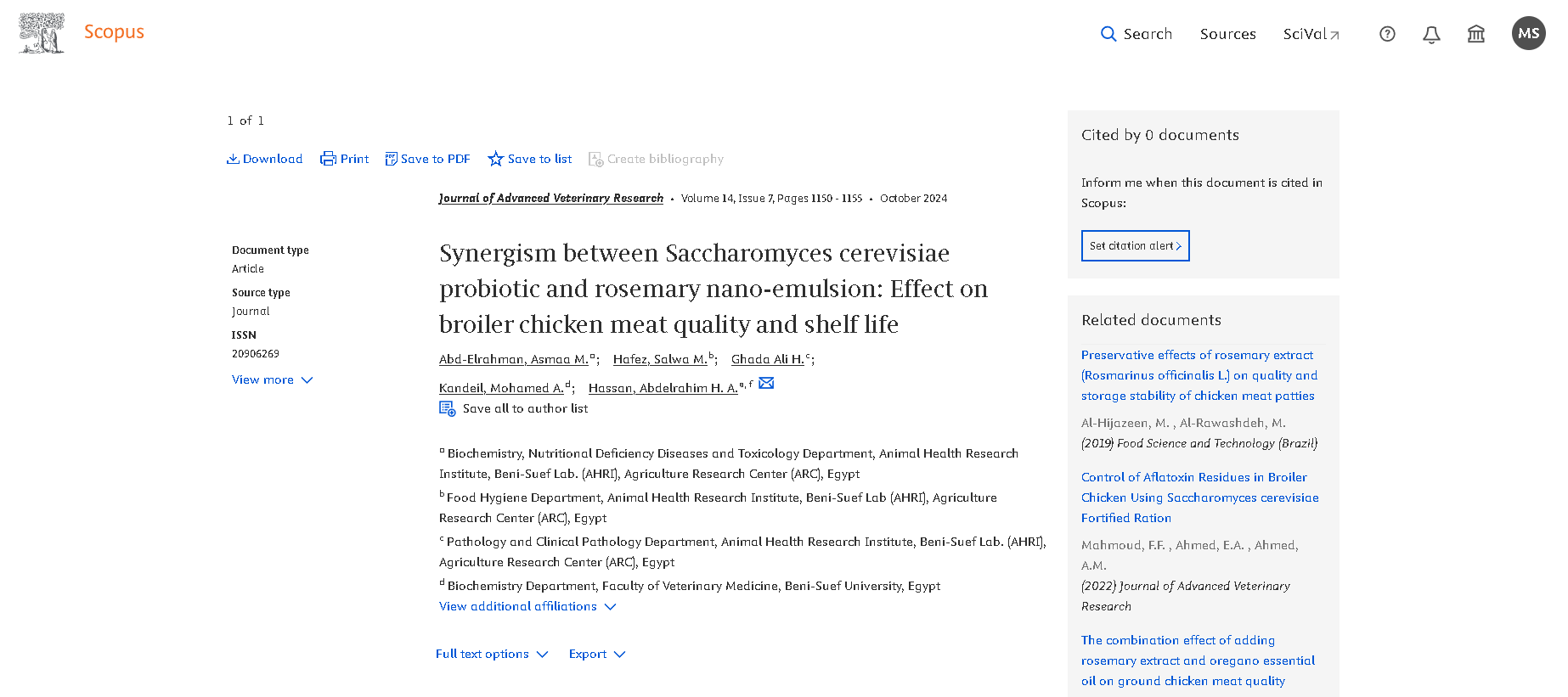
Synergism between Saccharomyces cerevisiae probiotic and rosemary nano-emulsion: Effect on broiler chicken meat quality and shelf life
Although several studies have investigated the effect of either probiotic feed additives or postmortem meat treatment on the quality of obtained chicken meat, the impact of combined treatment with probiotic feed additives along with meat dipping in essential oil nano-emulsion on meat shelf-life is barely examined. There-fore, this study investigated the effect of combined treatment with Saccharomyces cerevisiae yeast (SCY) and rosemary oil nano-emulsion (RNE) on the quality and shelf-life of chilled broiler meat. The experimental part consisted of adding SCY as a feed additive to broiler
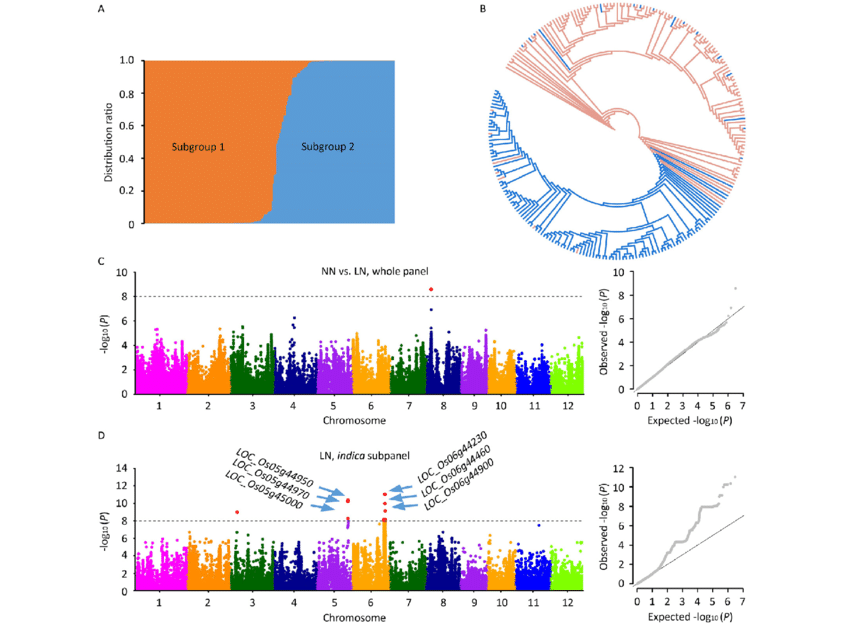
Identification of Candidate Genes for Rice Nitrogen Use Efficiency by Genome-wide Association Analysis; [全基因组关联分析(GWAS)鉴定水稻氮素利用效率候选基因]
【Objective】 The exploration of germplasm and gene resources in rice for high nitrogen efficiency, along with the elucidation of their molecular mechanisms and genetic effects, represents a significant focus and goal within current research efforts on rice nitrogen use efficiency (NUE).【Method】 To identify the variant loci and candidate genes associated with rice NUE, we collected 190 Asian rice accessions as an association population. After thorough filtering and screening, we obtained 3, 934, 195 high-quality single nucleotide polymorphisms (SNPs). Under field conditions, two nitrogen
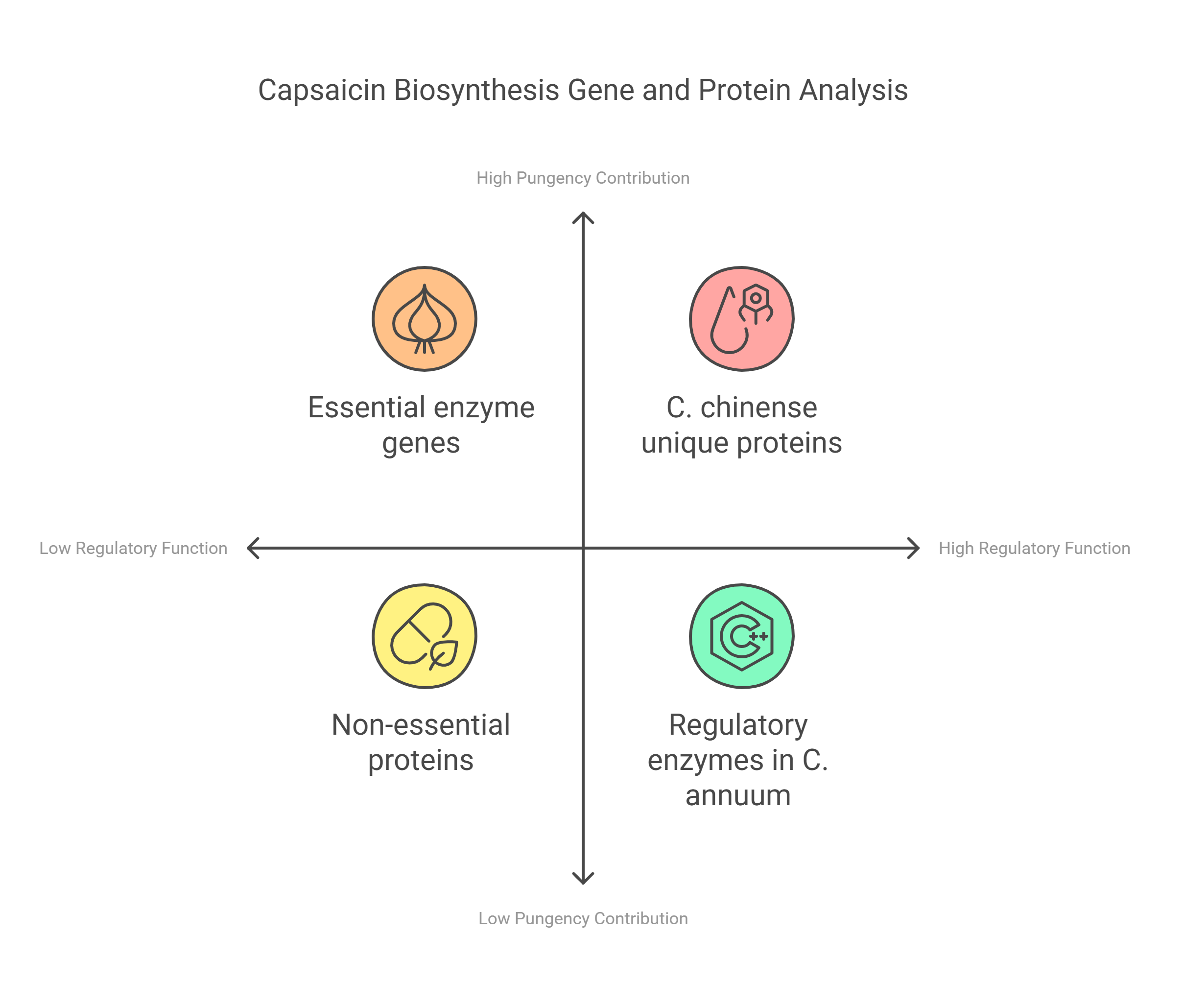
Comparative genomics and proteomics analysis on Capsicum species reveals insights about the capsaicin biosynthesis
Capsaicin is the primary capsaicinoid compound responsible for the spiciness of chilli peppers. Several known and unknown genes synthesize capsaicin through various metabolic pathways, such as the phenylpropanoid or the L-valine metabolism pathways. We conducted comprehensive comparative genomics and proteomics analyses to identify genes and proteins associated with the capsaicin pathway in Capsicum chinense, Capsicum baccatum and the two C.annuum cultivars, CM334 and ECW. A BLAST search against the NCBI database identified 26 and 58 enzyme genes and proteins, respectively. These enzyme genes
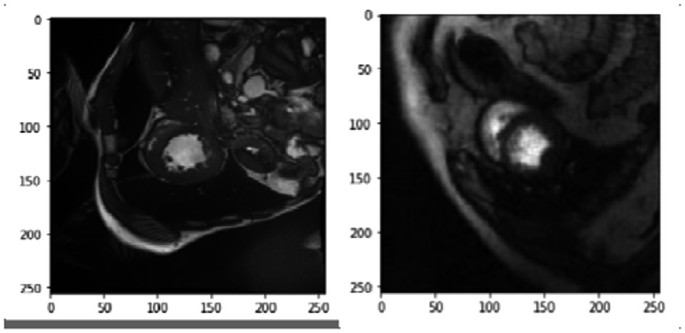
Transfer Learning in Segmenting Myocardium Perfusion Images
Cardiac magnetic resonance perfusion (CMRP) images are used to assess the local function and permeability of the heart muscle. The perfusion analysis requires the segmentation of cardiac inner and outer walls of the left ventricle (LV). However, the available perfusion datasets are limited or have no annotations. A fair dataset was annotated to employ the latest and most effective Deep Learning (DL) methodologies. In this paper, we employ similar cardiac imaging protocols in terms of cardiac geometry by initially training using CINE images and performing domain adaptation to CMRP images using

Unravelling Diabetes-related Pathways Using 16S rRNA Microbiome Data from Human Gut and Nasal Cavity
Type 2 Diabetes (T2D) is a complex chronic illness that affects around 90% of diabetic patients worldwide. Prediabetes is an elementary phase for T2D that is recommended to be early diagnosed to prevent its progression. In this study, we used 16S rRNA data from the gut and nasal cavity of prediabetic and control patients to identify common and exclusive diabetic pathways for each body site. Furthermore, using the Phylogenetic Investigation of Communities by Reconstruction of Unobserved States (PICRUSt) as well as MicobiomeExplorer in the pathway enrichment analysis, we also identified the

Supervised ML for Identifiying Biomarkers Driving the Response to ICBs in Melanoma patients
The Immune Checkpoint Blockade has transformed cancer treatment. Cytotoxic T-Lymphocyte Associated Protein 4 (CTLA4), Programmed death-1 (PD-1) are antibodies that block immune checkpoint proteins that have been FDA approved for treating a variety of cancers including melanoma, renal carcinoma, and non-small cell lung cancer. Immunotherapy tend to stimulate the immune system of patients to detect and kill cancer cells while sparing normal cells by using checkpoints such as CTLA-4 and PD-1, which are molecules on immune cells that are turned on or off to allow the immune response to begin